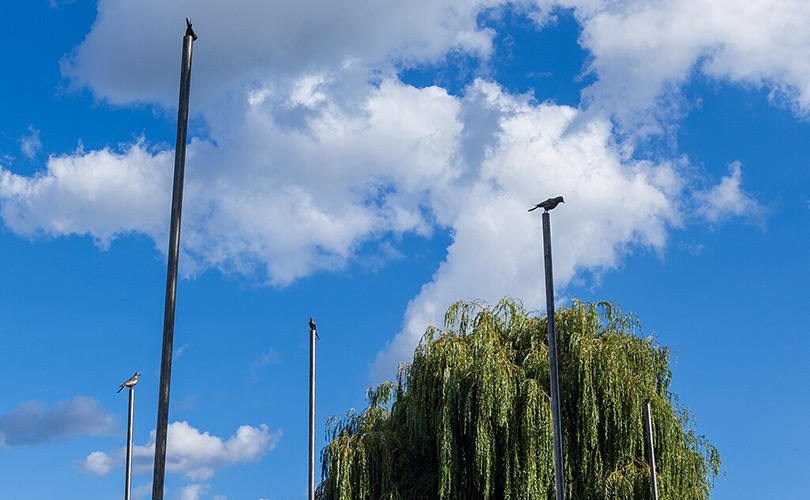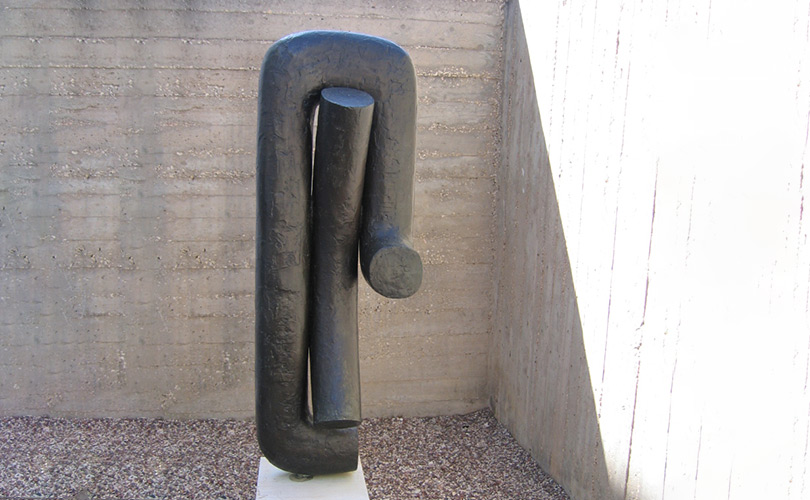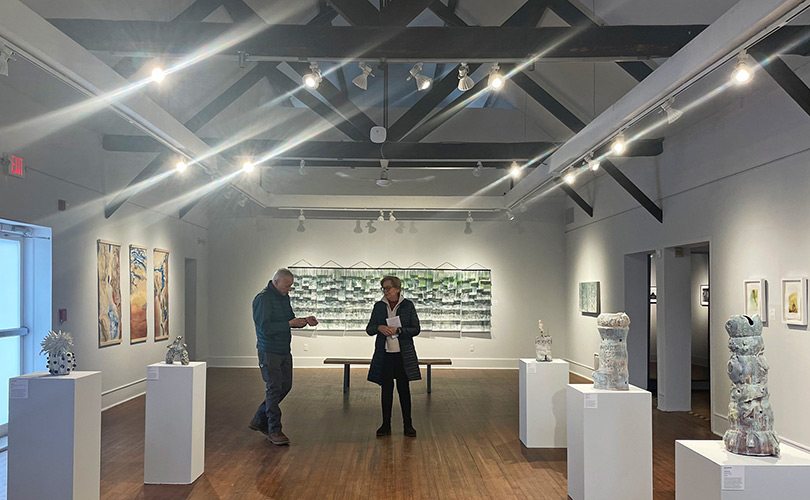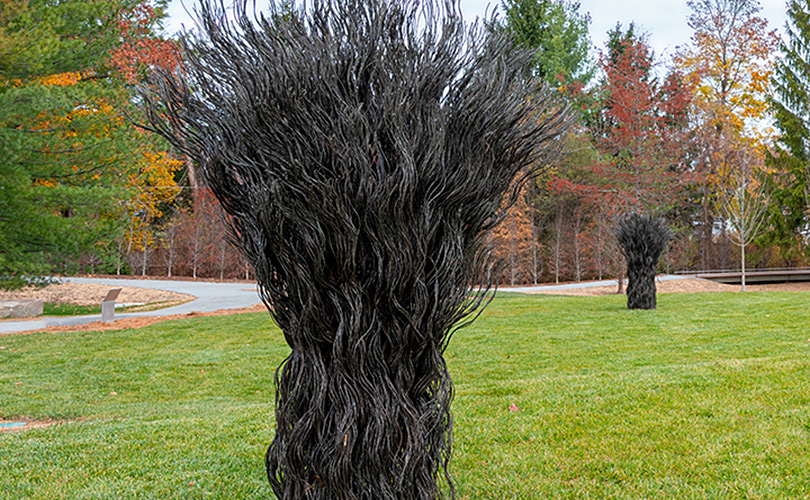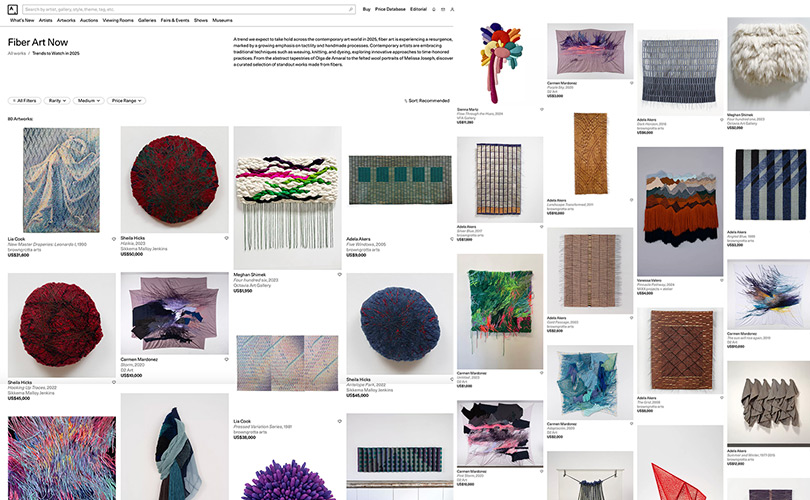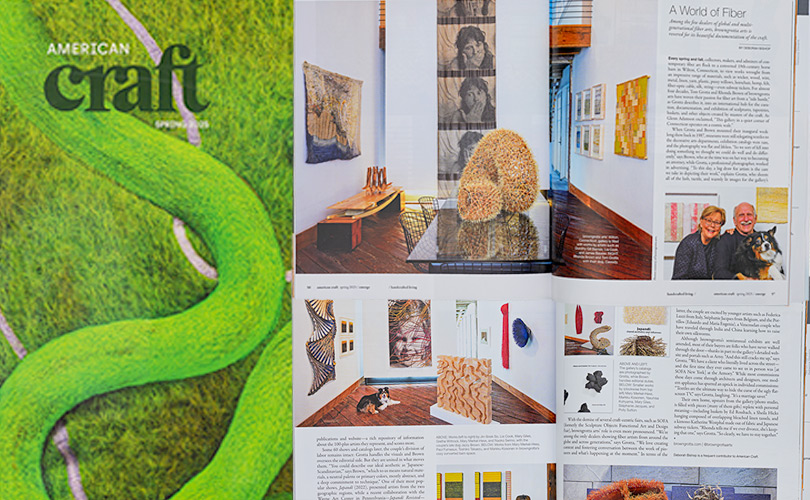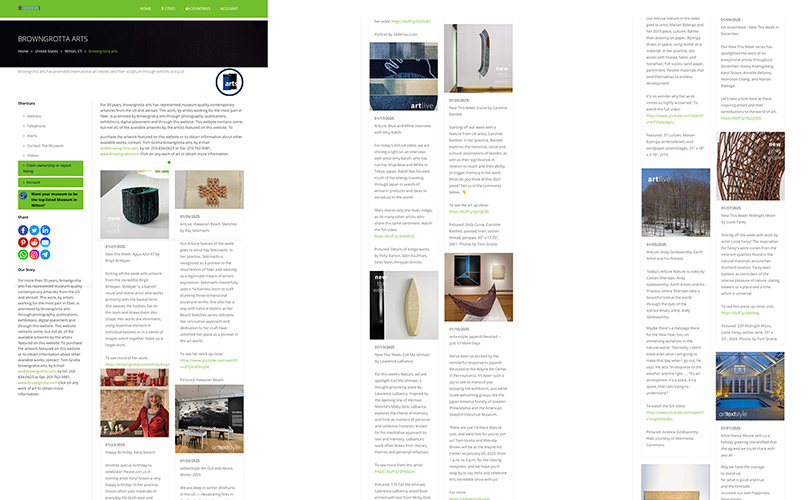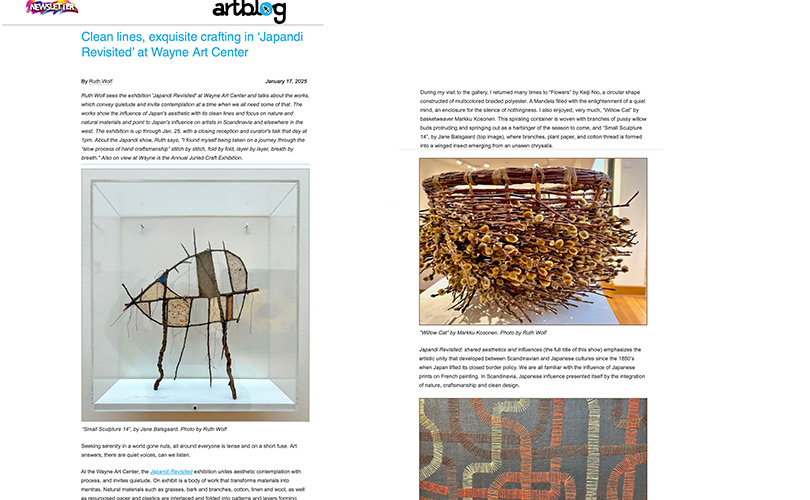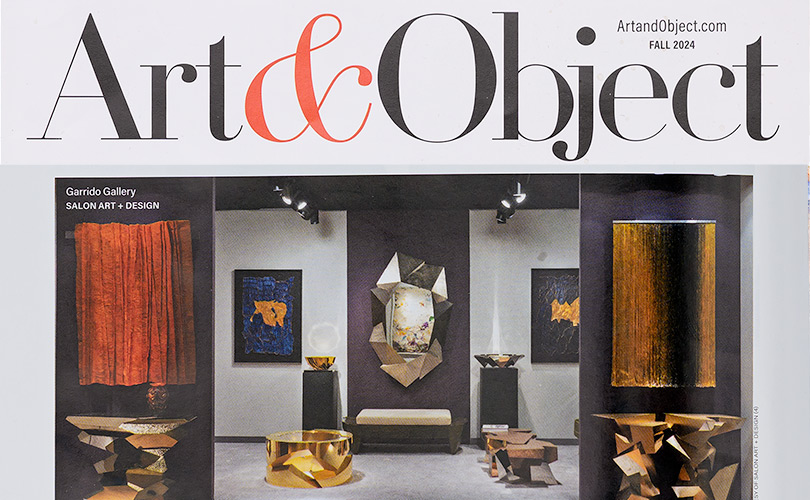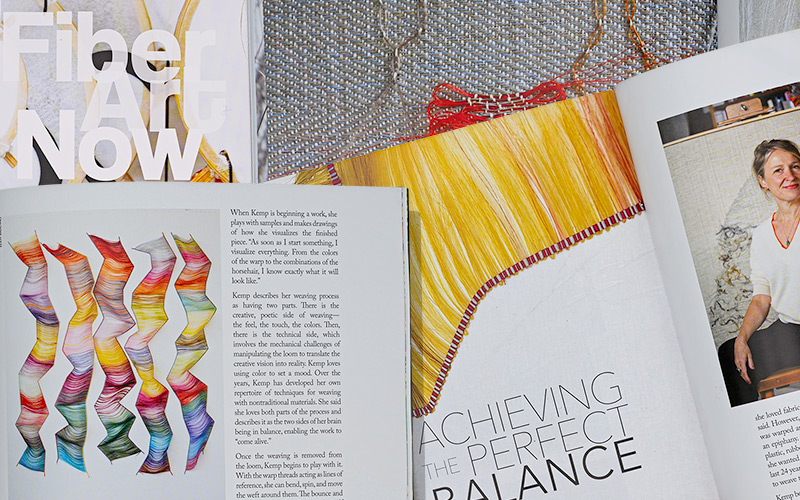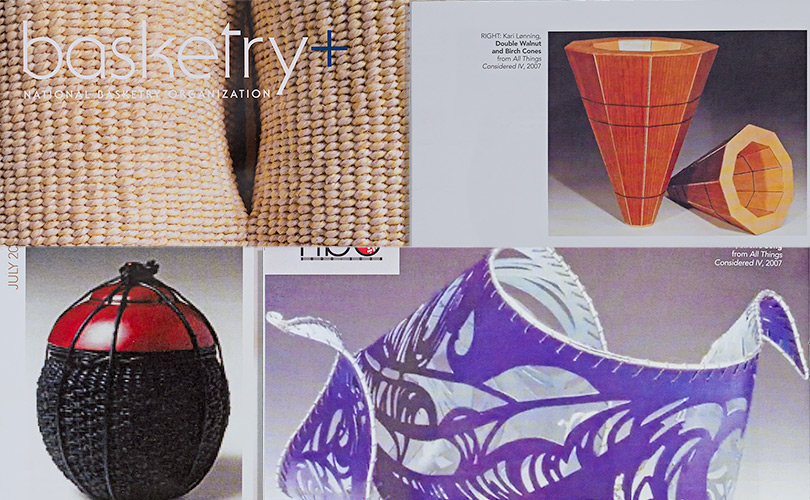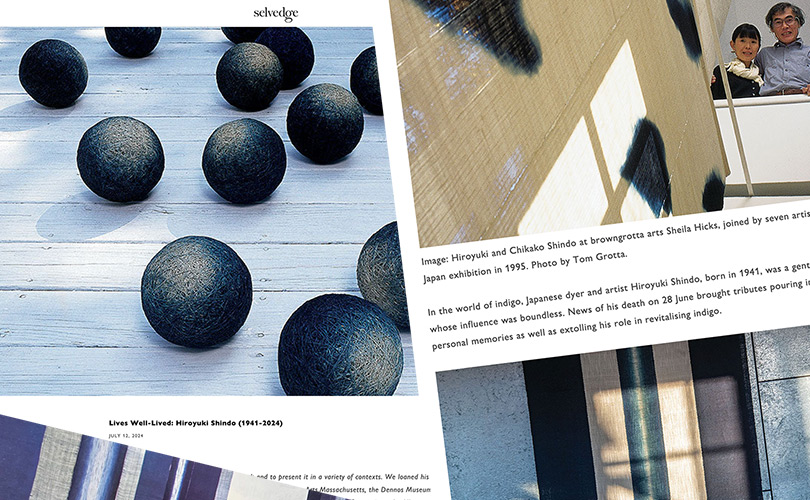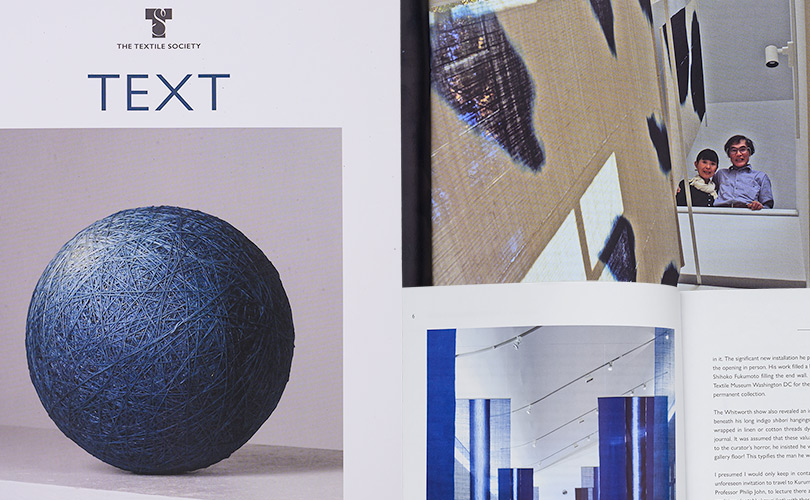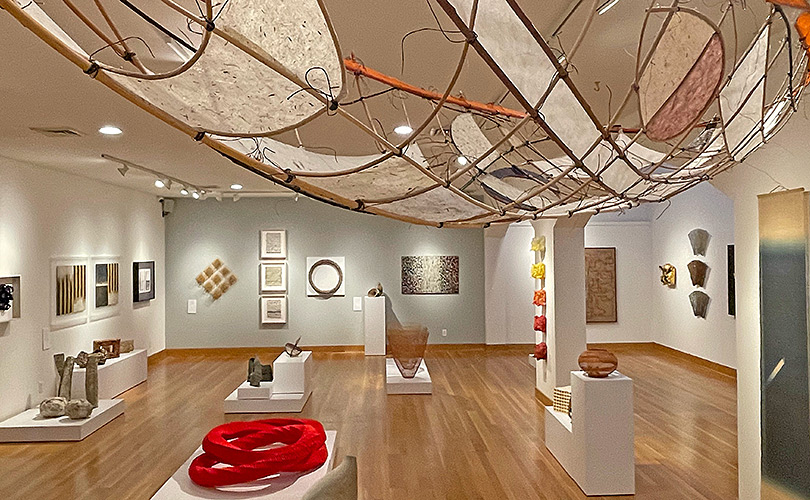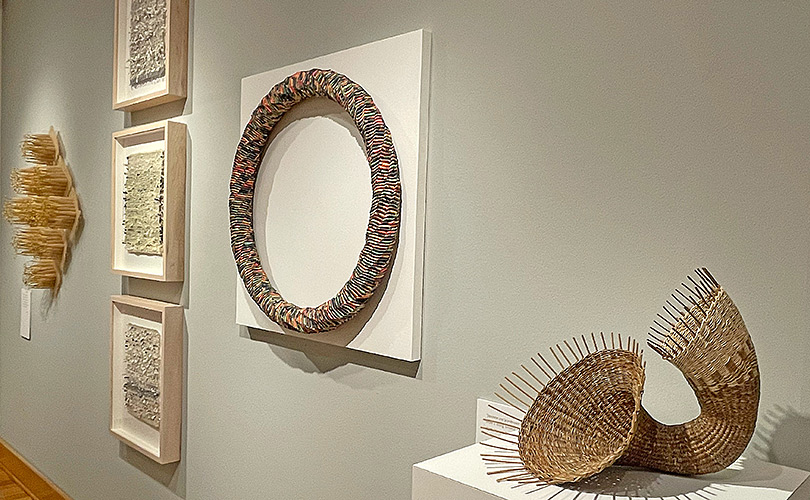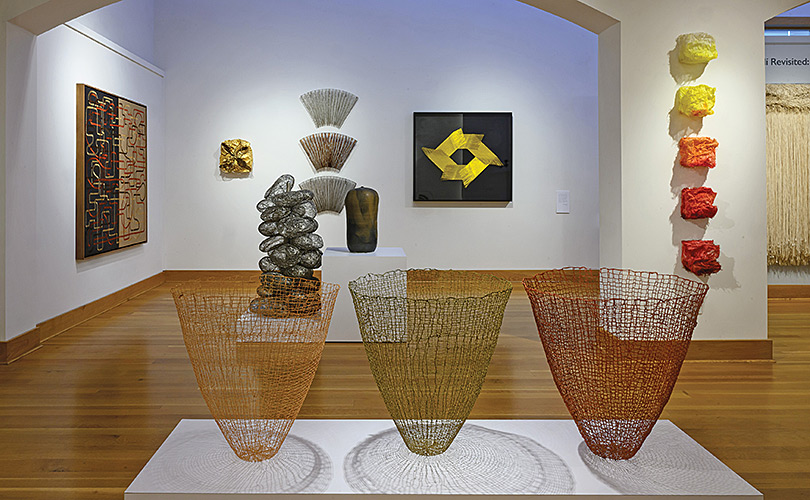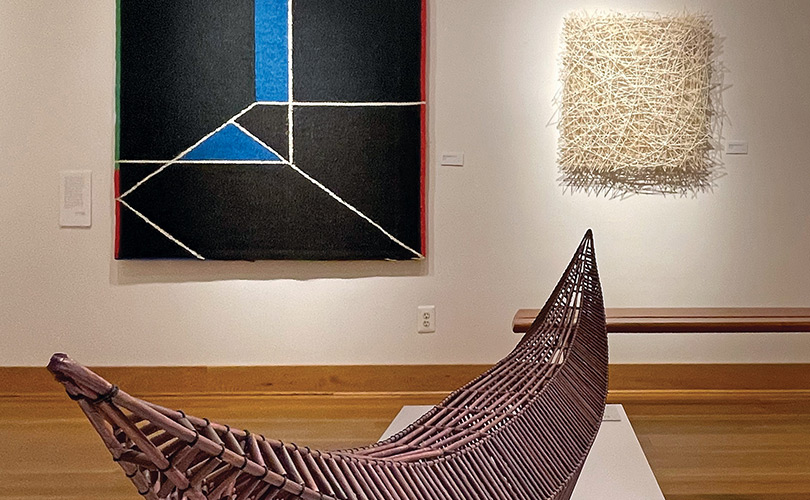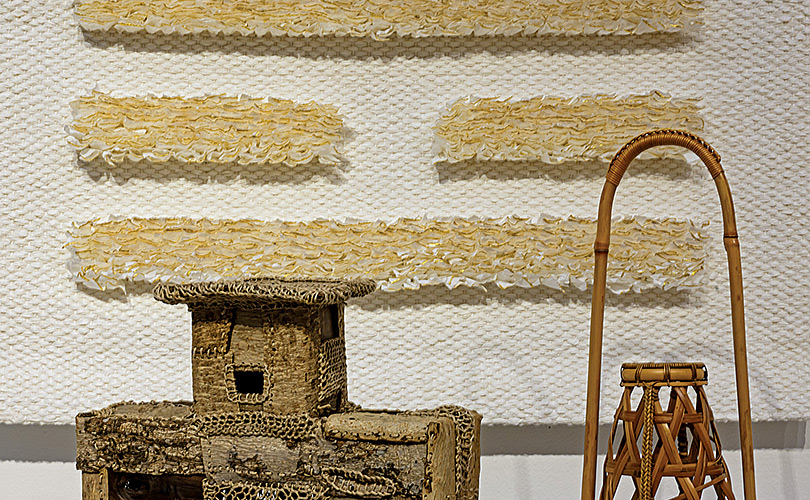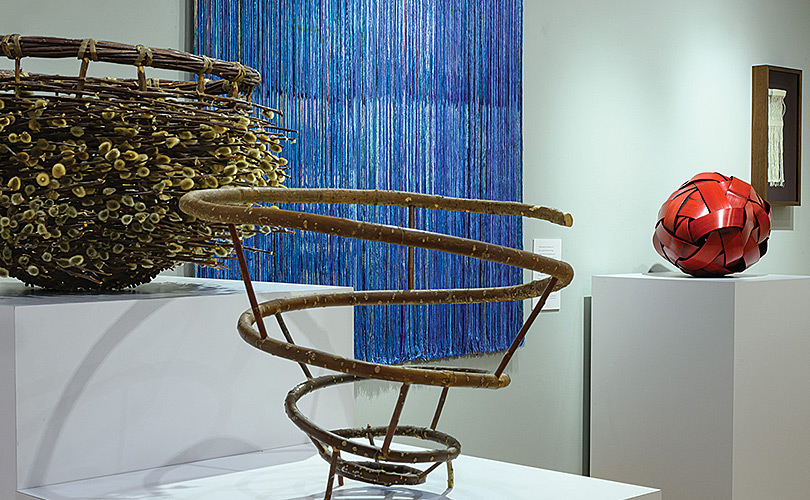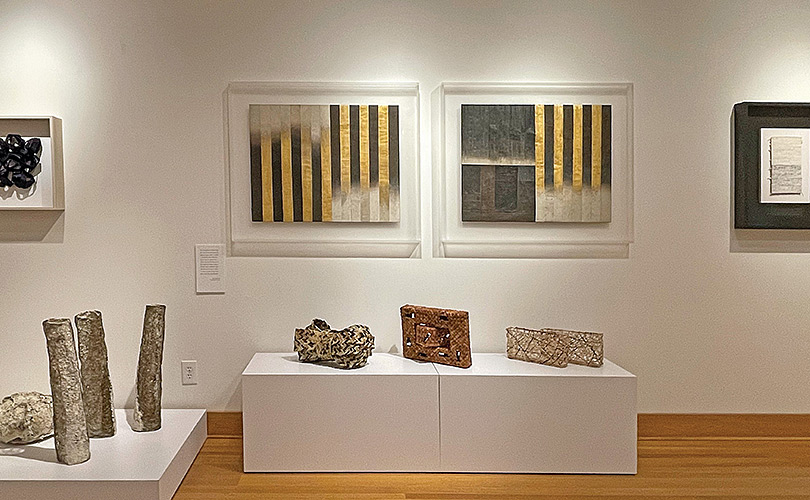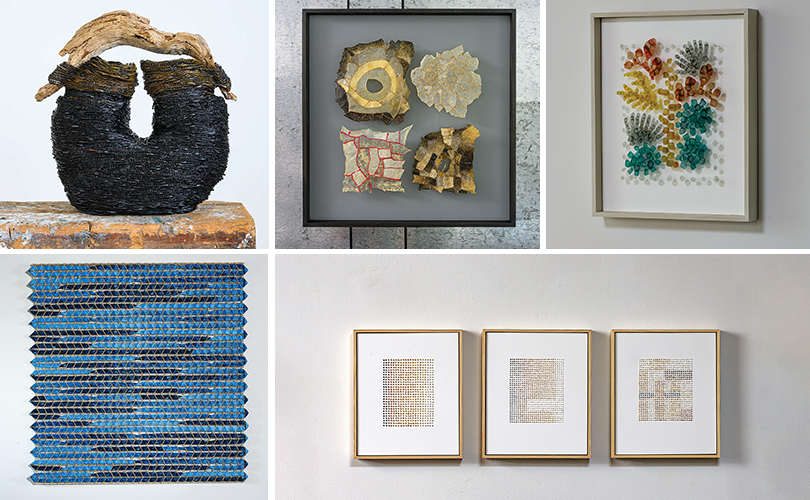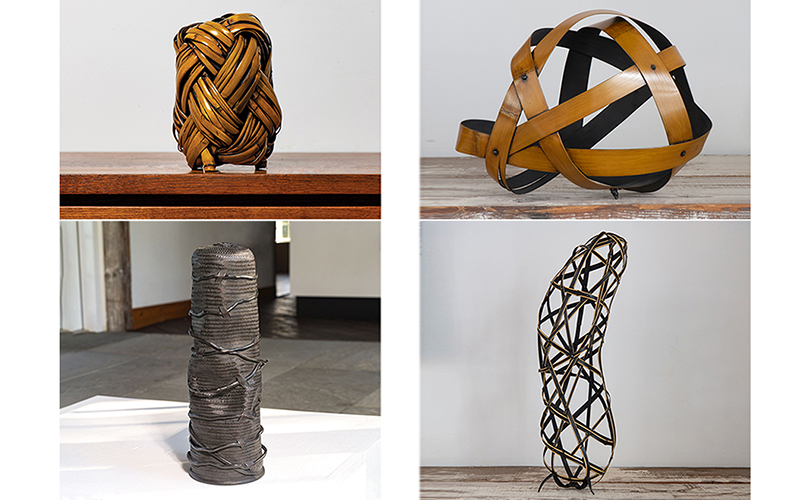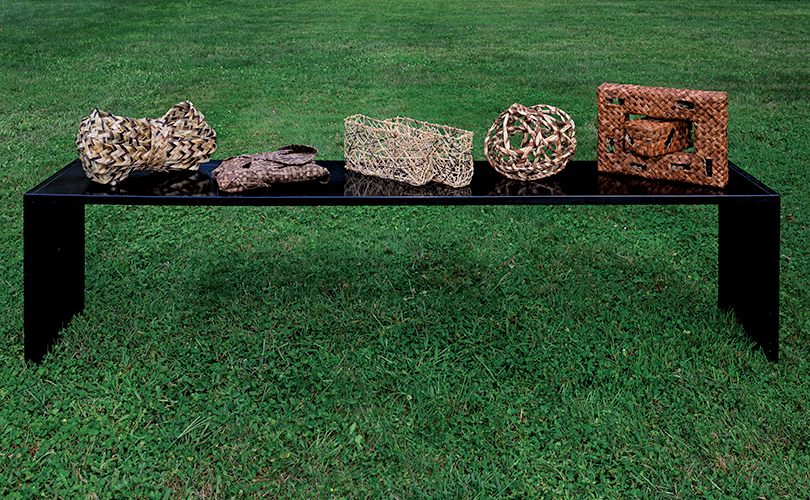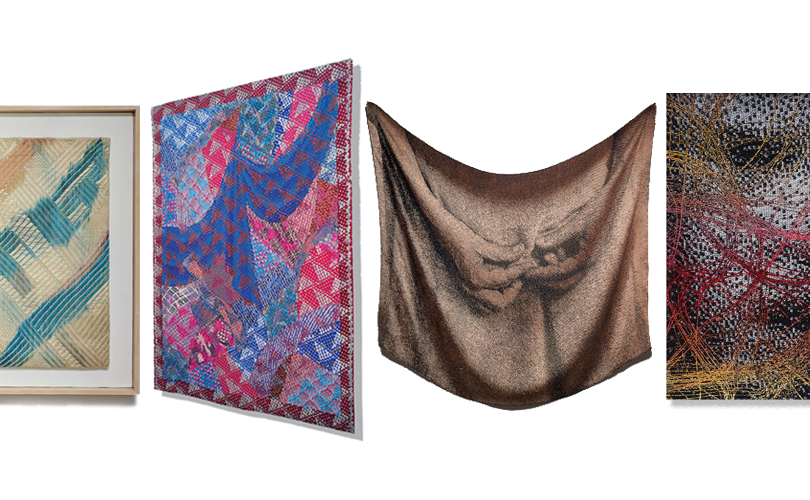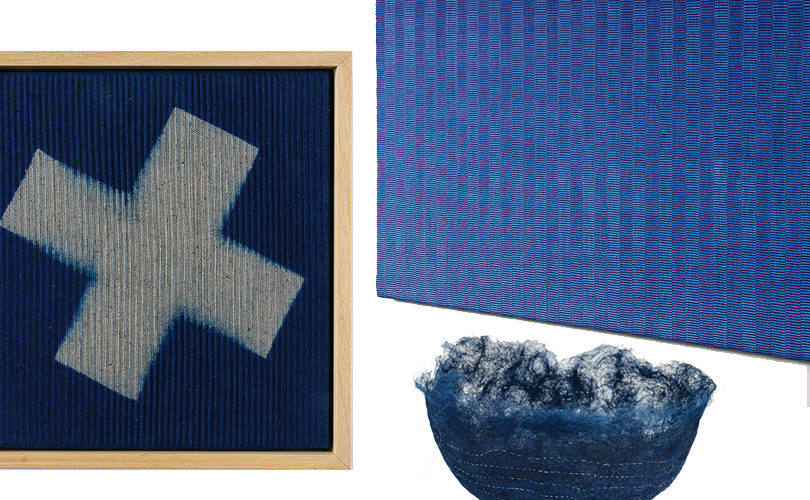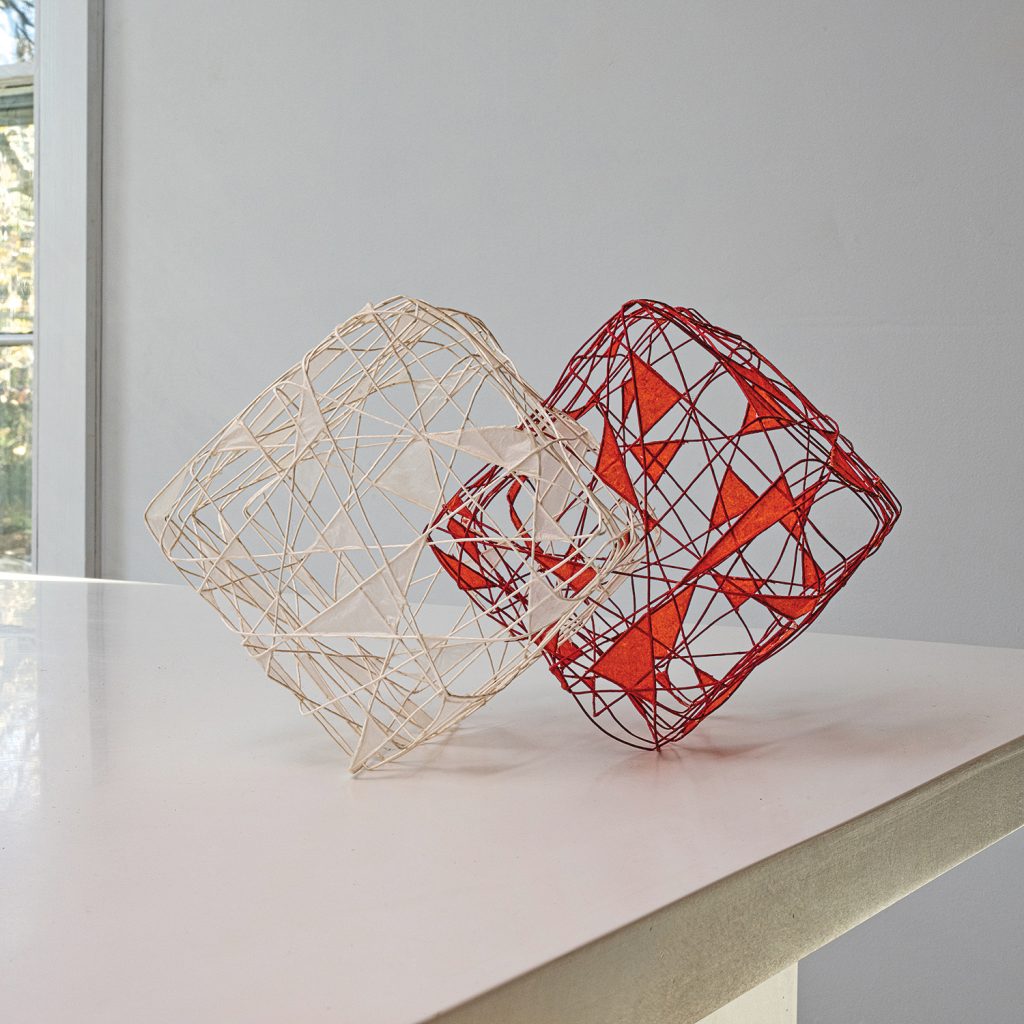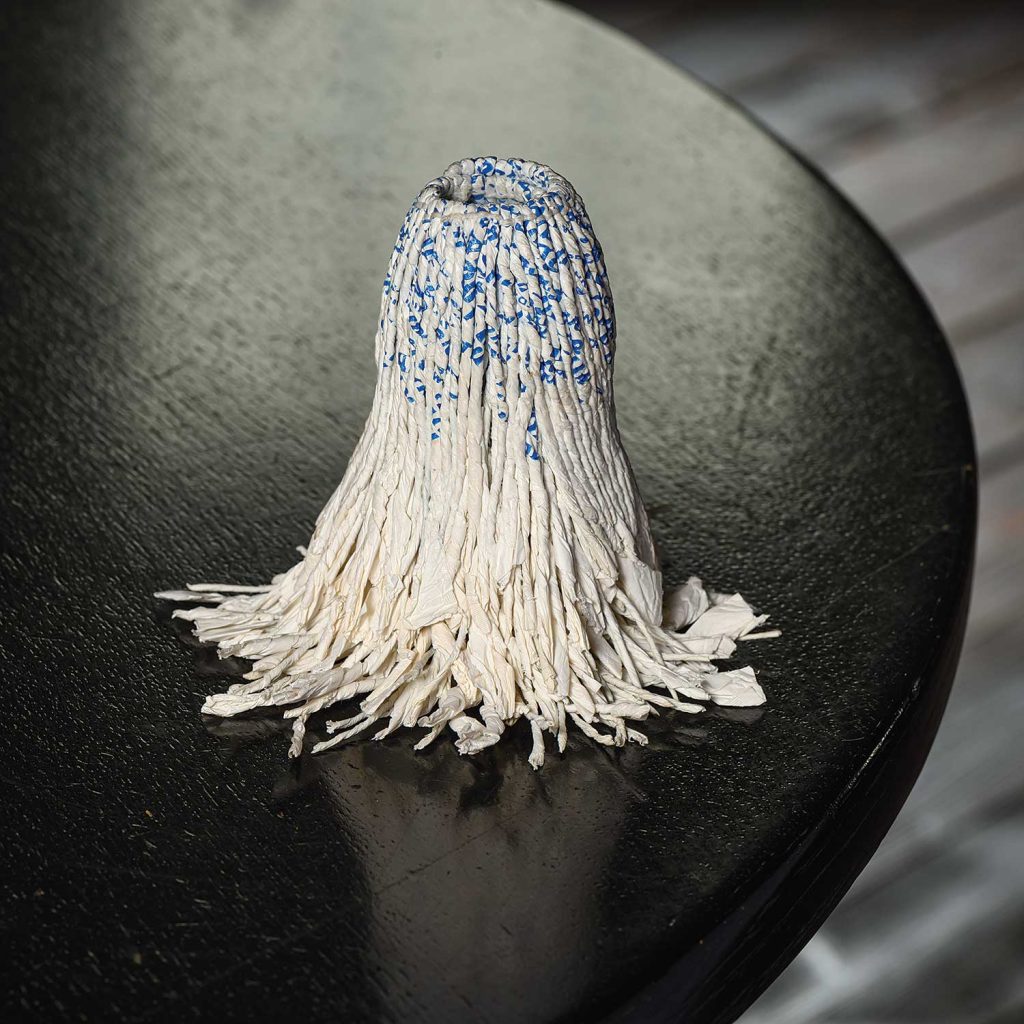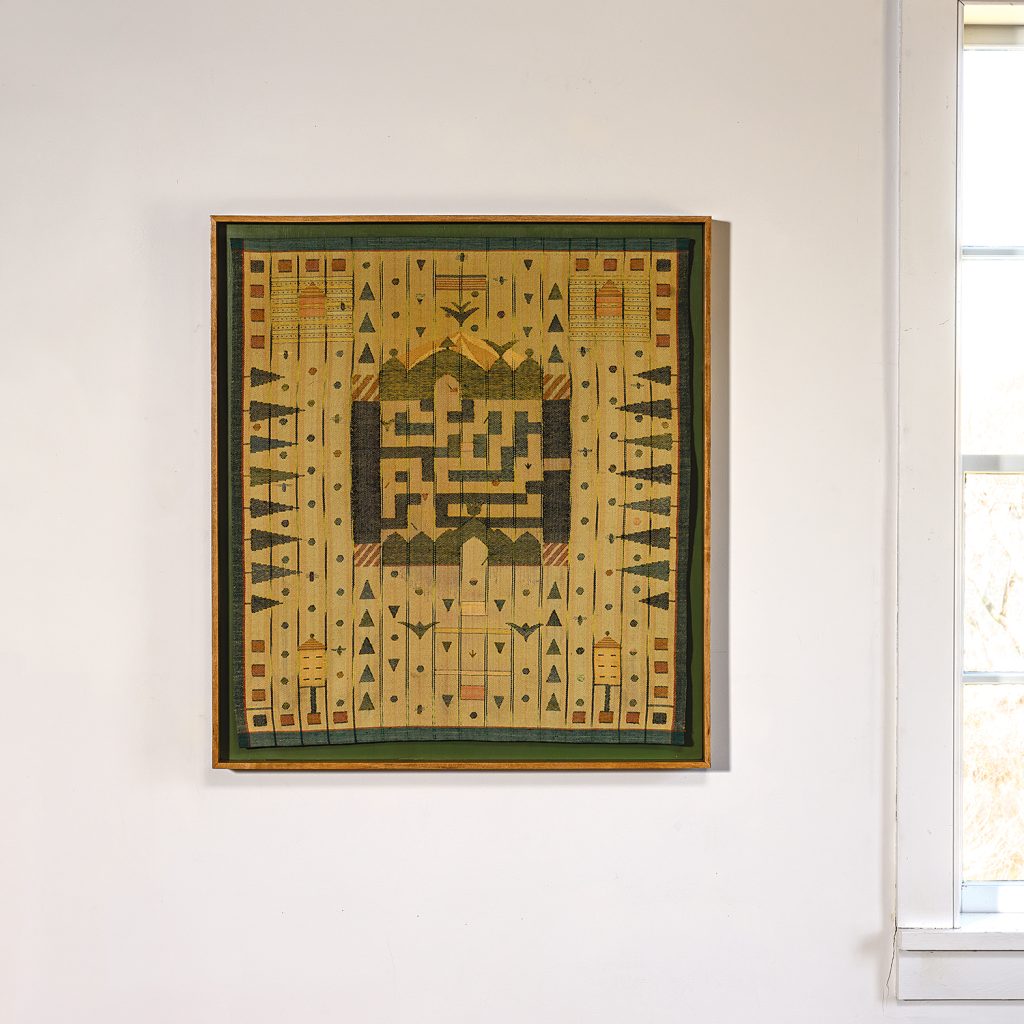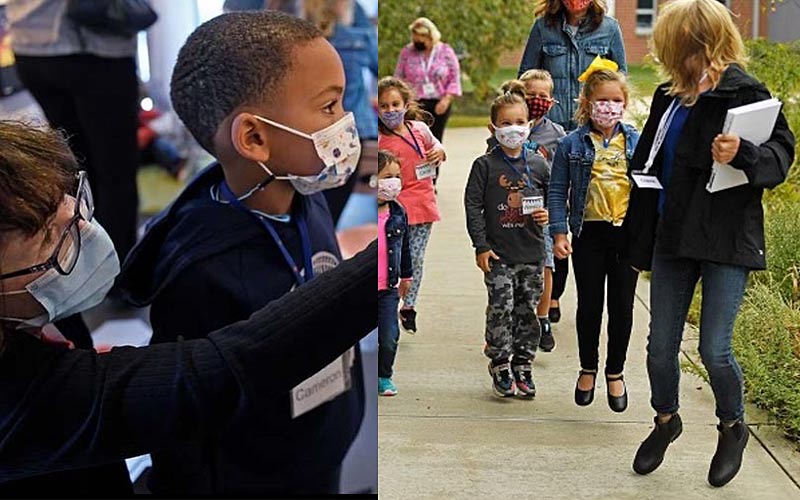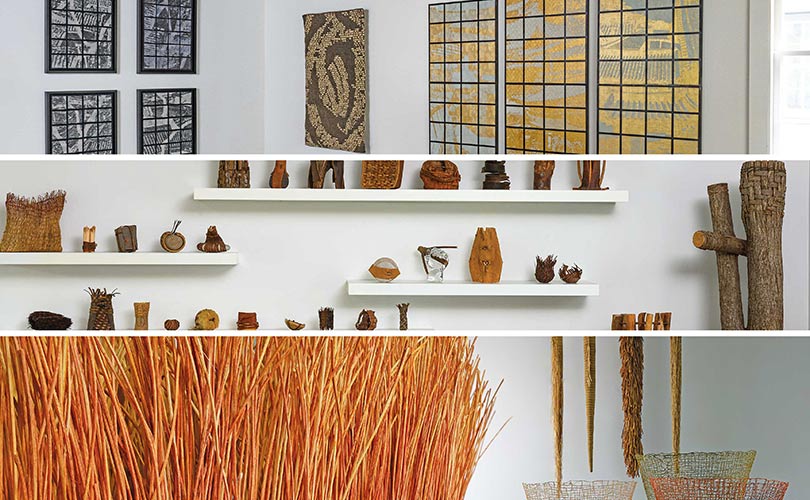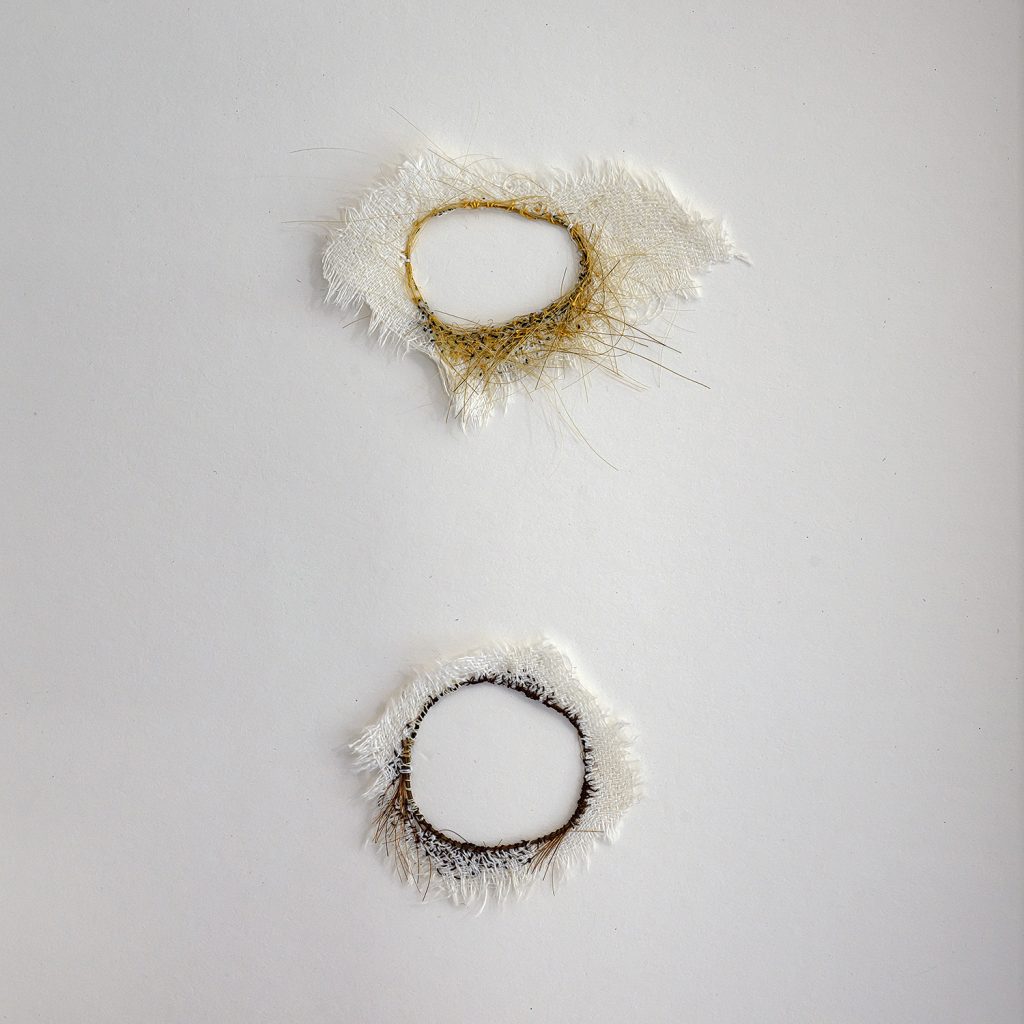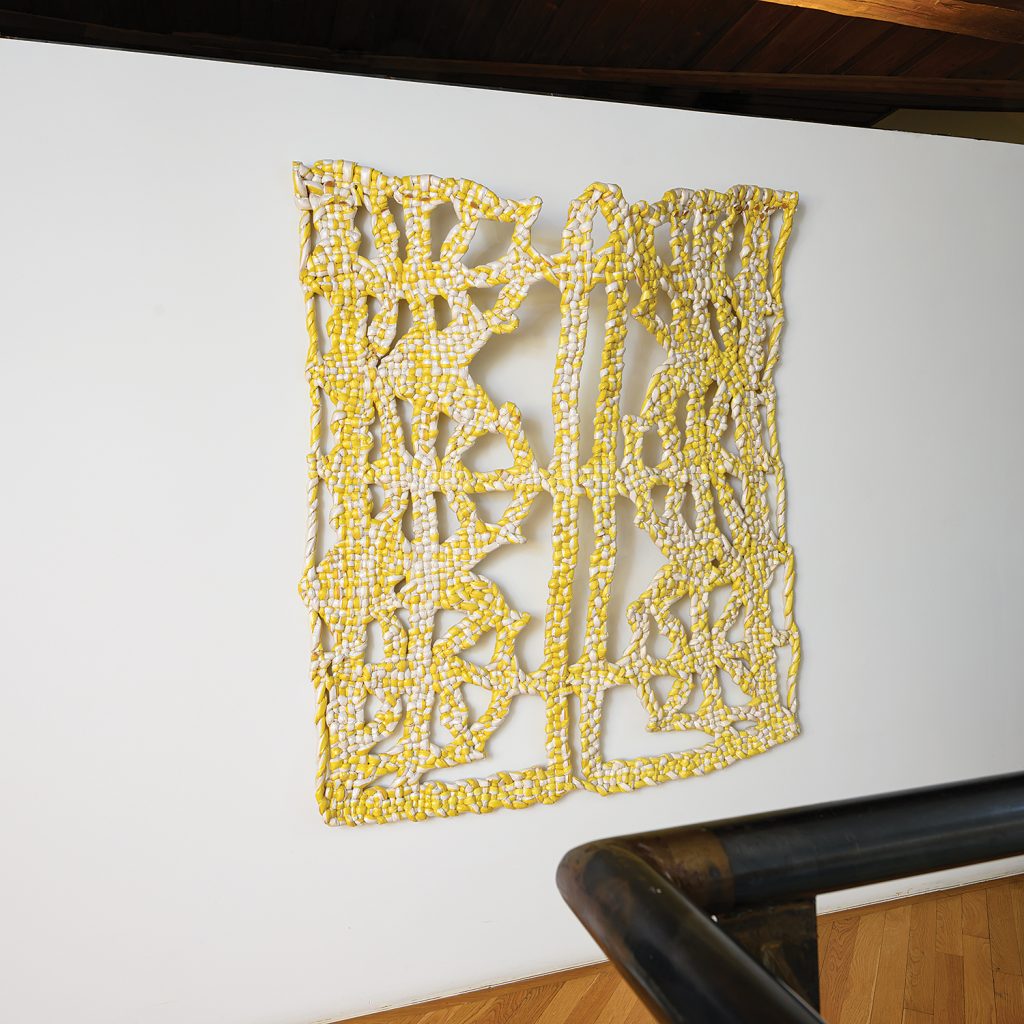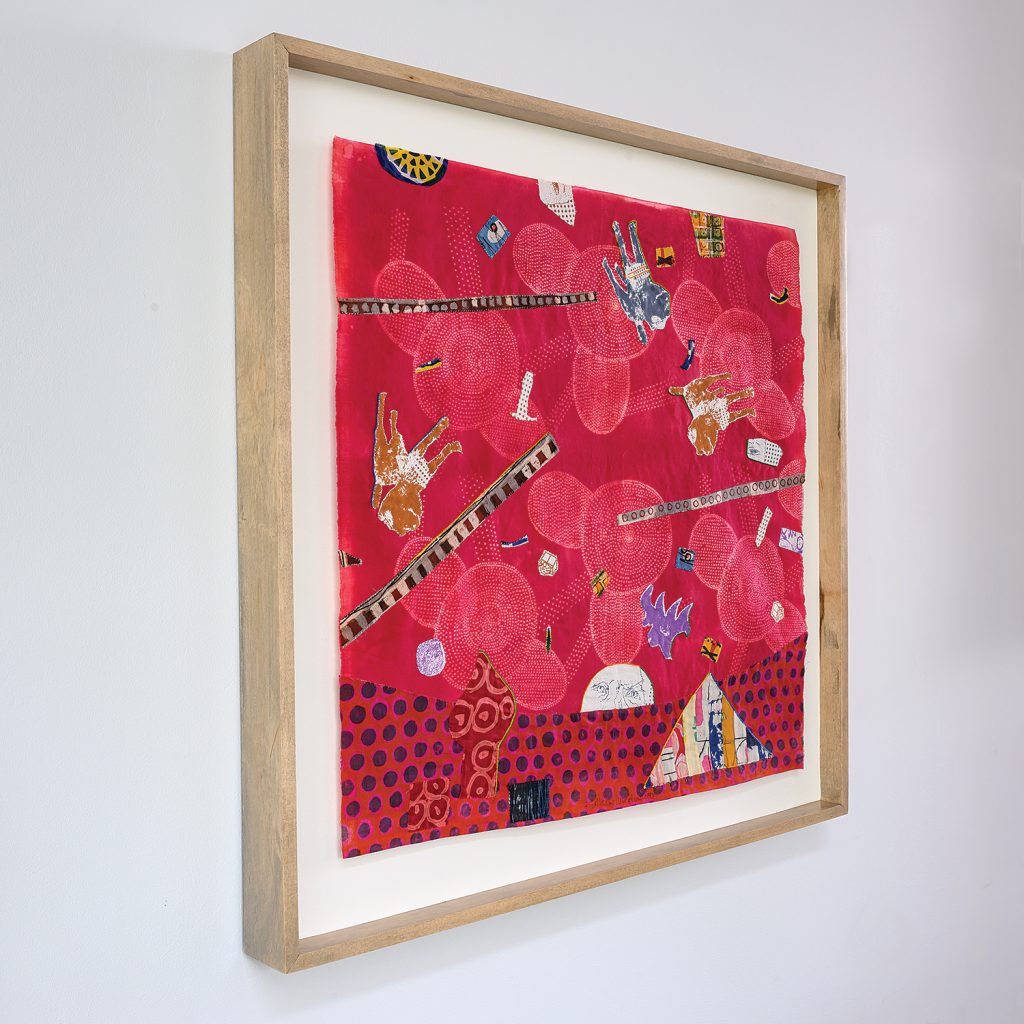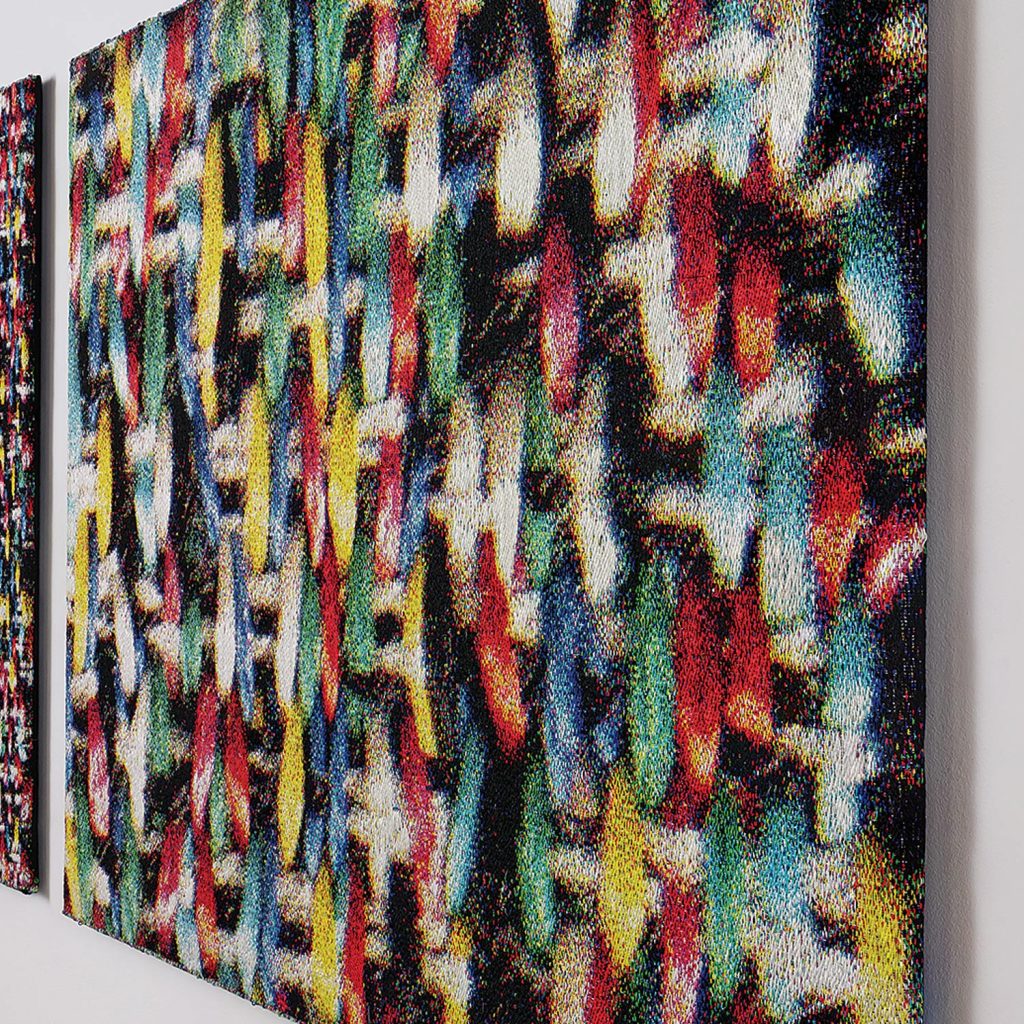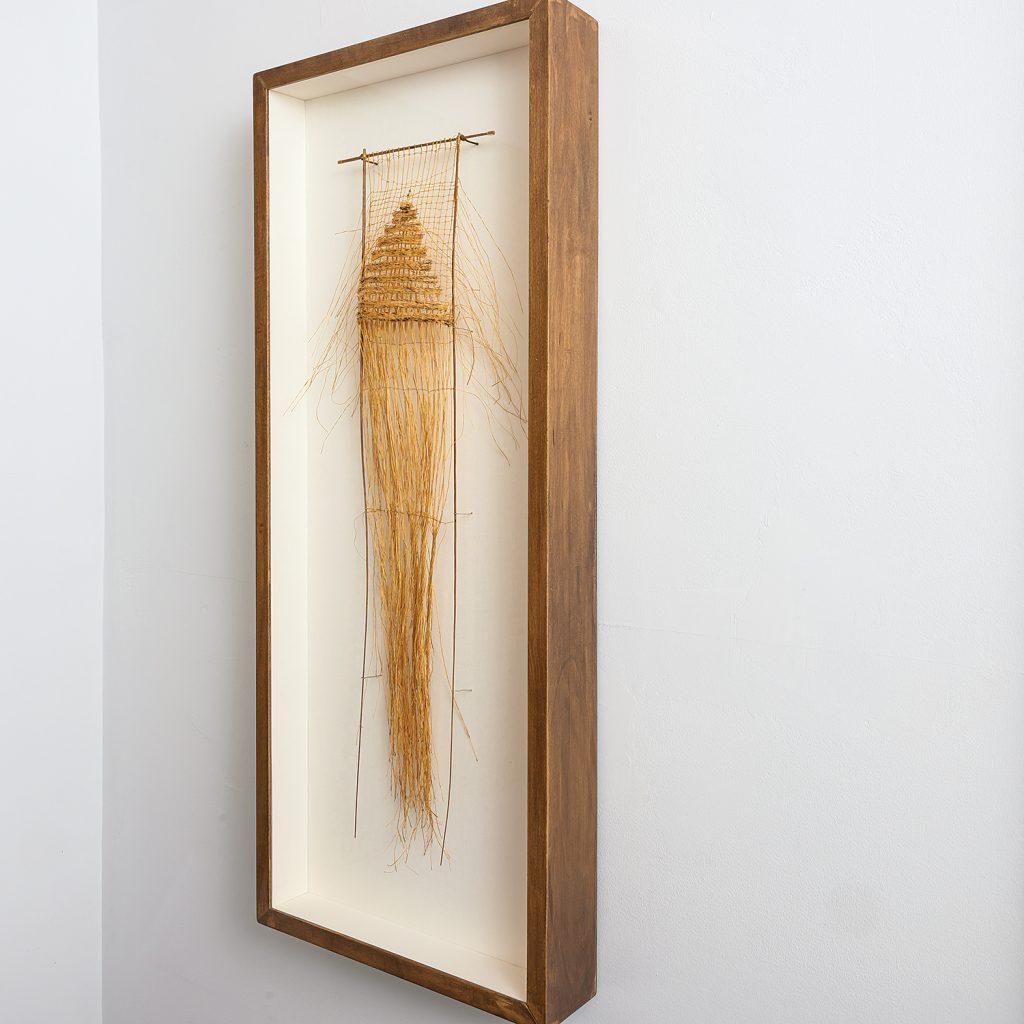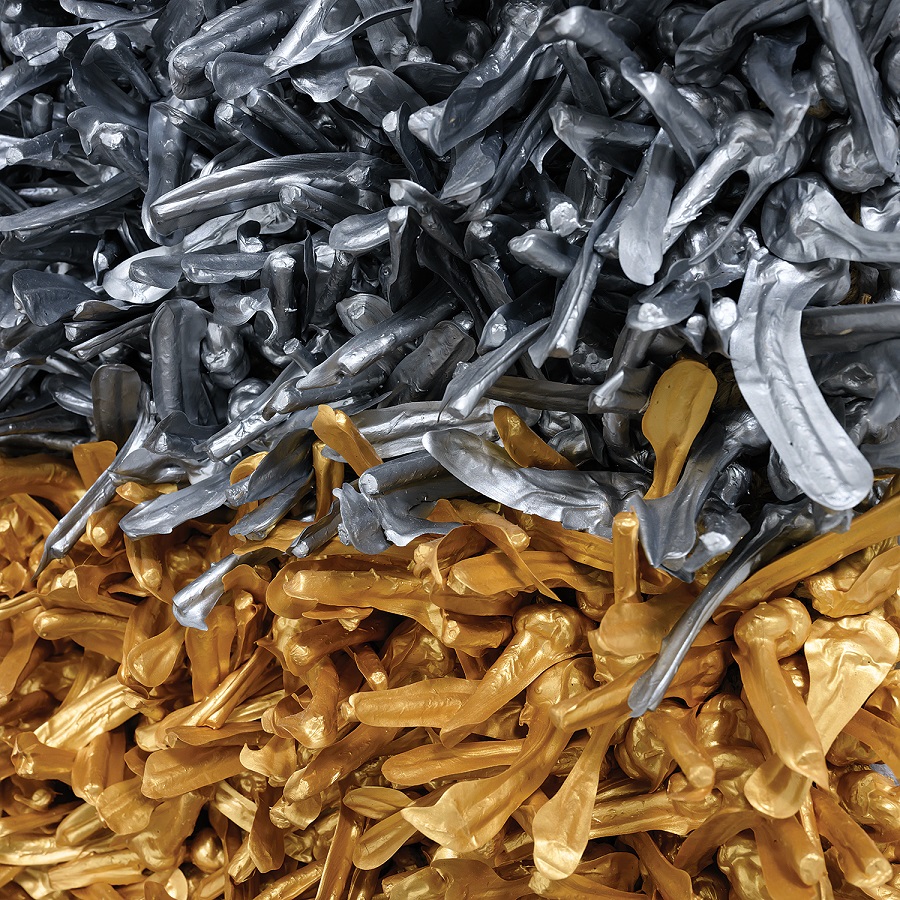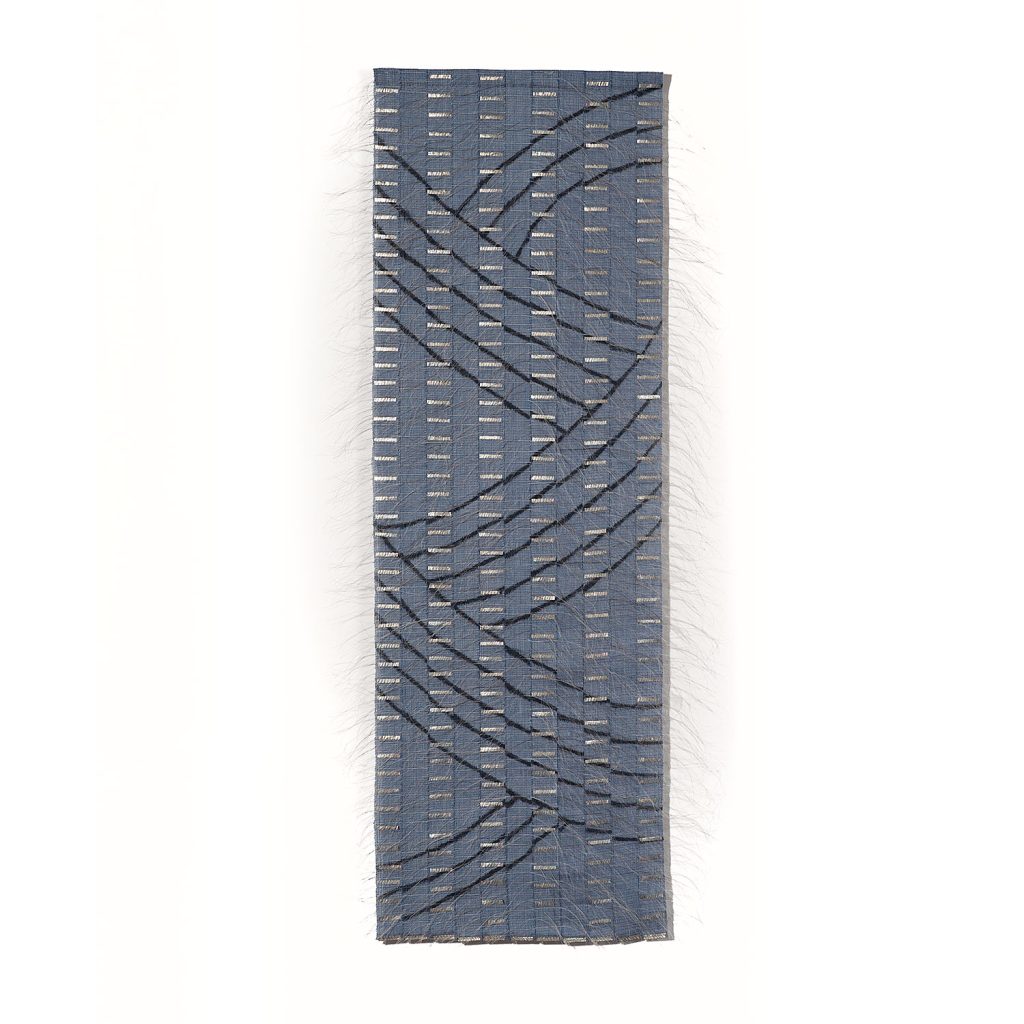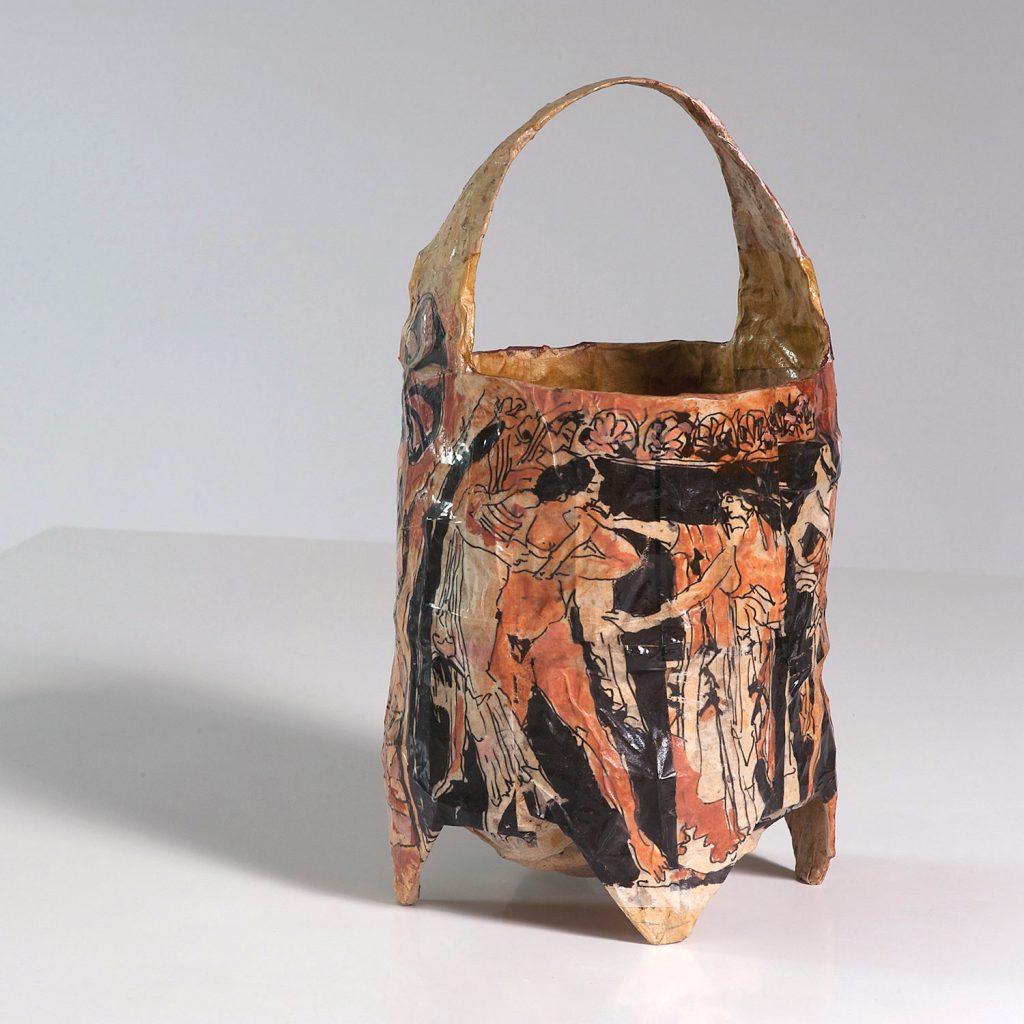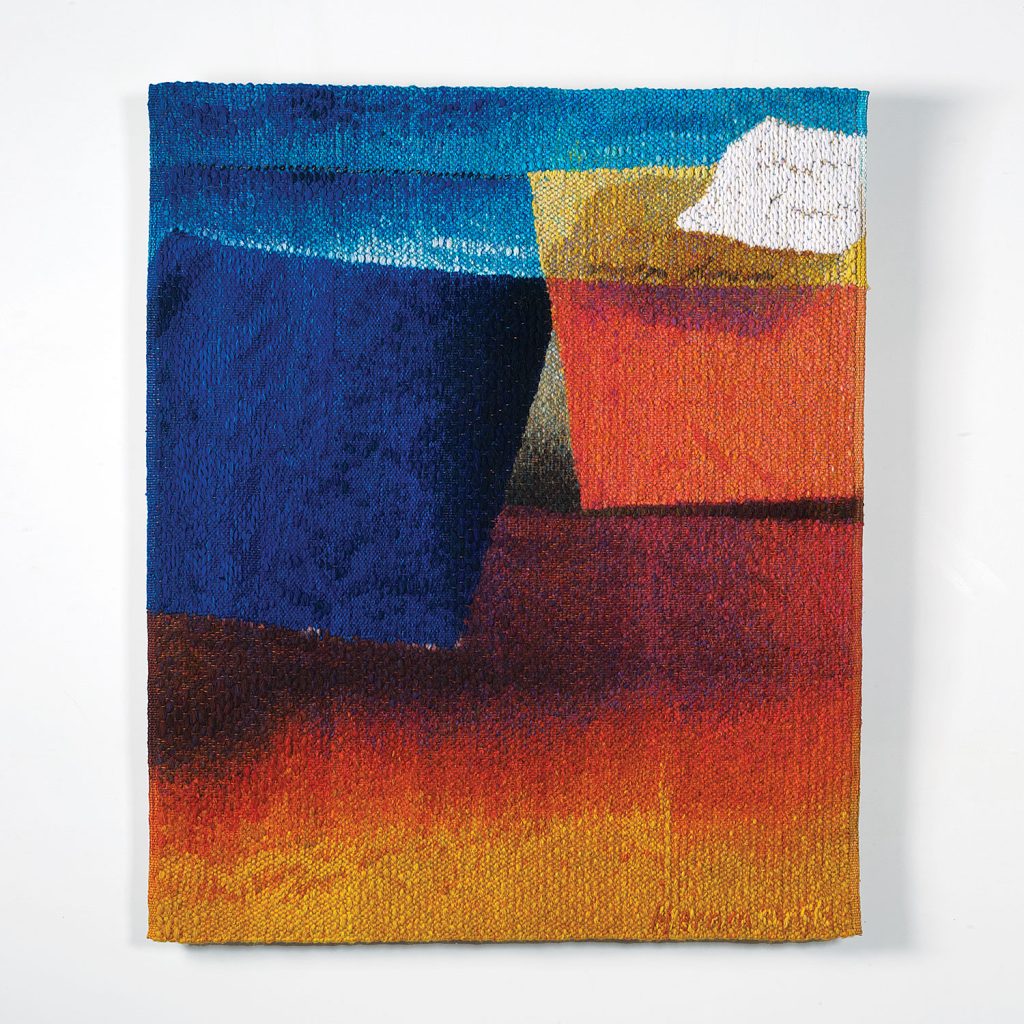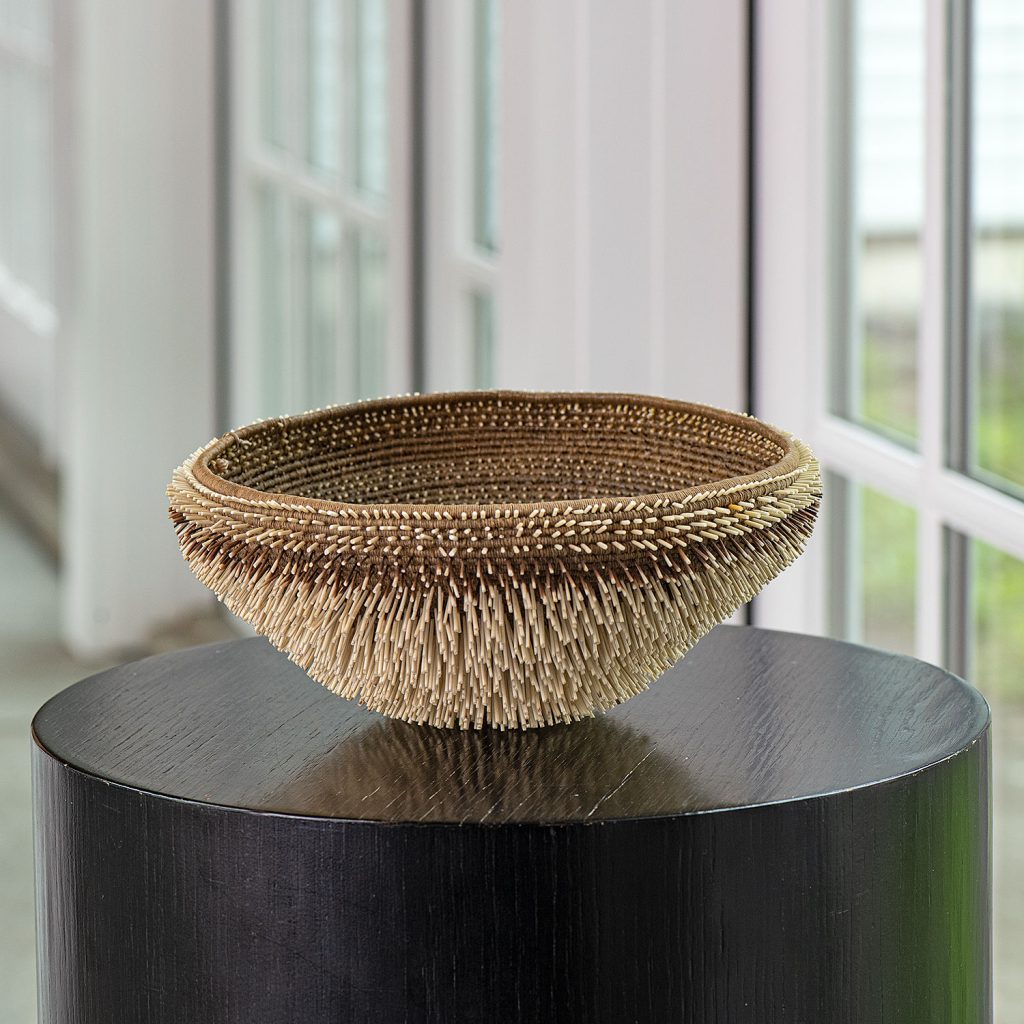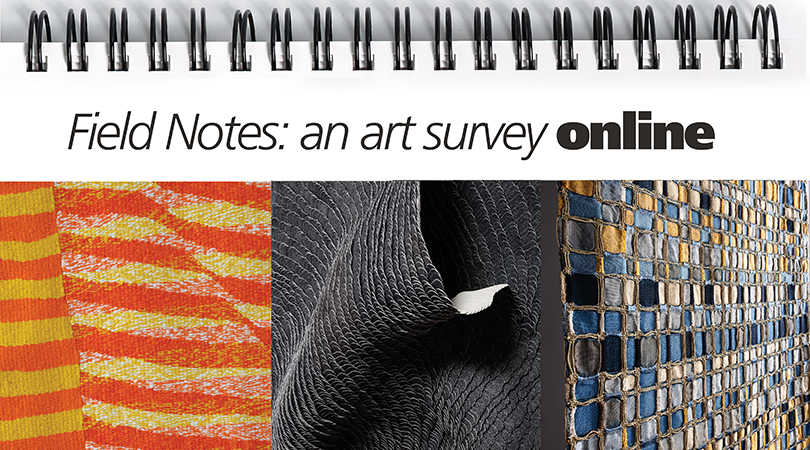
Our in-person exhibitions at browngrotta arts last only 10 days each, twice a year. There’s a method to that, but, the small window means not everyone gets to see our exhibitions on site. We’ve tried various ways to share images and information about them after the in-person exhibit ends. This year, for Field Notes: an art survey, we have created three ways to share the experience with those who could not attend.
First, we created a video view of Field Notes. You can see it in sections — each devoted to a gallery space (Gallery 1: Front Hall; Gallery 2: Dining Room; Gallery 3: Living Room; Gallery 4: Den/Old Kitchen; Gallery 5: New Kitchen; Gallery 6: Back Room. They’ll appear on Instagram each Friday on art live, one each for 6 weeks. The first, Gallery 1, was posted on our Instagram on Friday. If you don’t watch them piecemeal, you can see the full video of all six galleries is on our YouTube Channel (see below).
Second, we’ve created a Viewing Room on our website that contains all the works in Field Notes, again, divided into six galleries. You can match works that interest you from the videos to the Viewing Room Galleries where you will see more images of each. We’ll have the Field Notes Viewing Rooms up on our website until June 20, 2025.

Third, we’ll be hosting a program on Zoom, Art on the Rocks: an exhibition talkthrough with spirits — Field Notes edition on June 10th at 7 pm EST. We’ll talk about fiber art’s new found popularity and share insights about the survey we took in order explore where fiber art is at this point. We’ll also feature a curated cocktail from our mixologist, Max Fanwick.
Check in on one, two or all three of these, to learn more!

